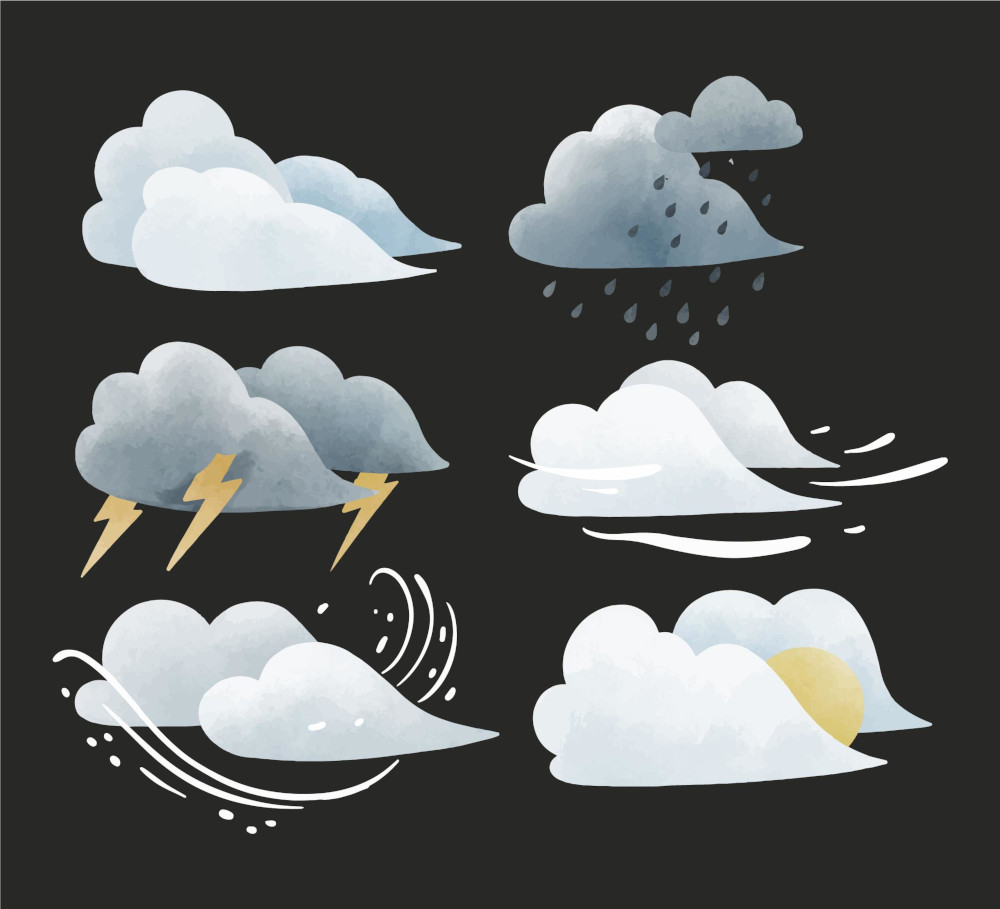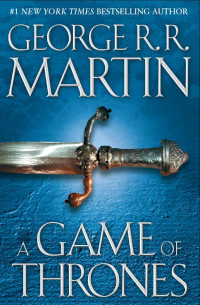Foreshadowing is a literary technique that involves hinting at or indicating events that are yet to unfold in the story. It is a powerful tool that writers use to add depth and meaning to their storytelling. It also creates tension and suspense that keeps readers engaged.
In this article, we will explore the concept of foreshadowing in depth, discussing its definition, its importance in storytelling, and how you can use it effectively in your writing. Additionally, we will look at some examples of foreshadowing in fantasy and science fiction literature to showcase its versatility as a literary tool. By the end of this article, you will have a better understanding of foreshadowing and how you can use it to enhance your storytelling.
What Is Foreshadowing?
At its core, foreshadowing is a literary technique that writers use to hint at future events in a story. It is a way for writers to give readers a sneak peek into what is to come without revealing everything at once. This creates suspense and anticipation in readers, who are left to wonder what will happen next and how events will unfold.
Foreshadowing can be subtle or overt, and you can achieve it through a variety of techniques; however, being subtle with it tends to have the best effect. Some common methods of foreshadowing include the use of symbolism, metaphors, and imagery. You can also use dialogue to hint at future events. Additionally, foreshadowing can take the form of a character’s behaviour, actions, or thoughts, which can indicate their future trajectory in the story.
There are different types of foreshadowing that you can use to create tension and build anticipation in your readers. One type is called direct foreshadowing, which involves outright stating what will happen later in the story. For example, a character might say something like “I have a bad feeling about this.” This foreshadows future events and creates a sense of unease in the reader.
Another type of foreshadowing is called indirect foreshadowing. This is more subtle and requires readers to pay close attention to the details in the story. For example, a writer might use a recurring image or metaphor that foreshadows a future event.

The Importance of Foreshadowing in Storytelling
Foreshadowing is a critical tool in a writer’s toolkit, and its importance in storytelling cannot be overstated. Here are a few reasons why it is so important:
- Creates Tension and Suspense: Foreshadowing is an excellent way to create tension and suspense in a story. It can keep readers engaged and wondering what will happen next.
- Builds Anticipation and Interest: Foreshadowing can also build anticipation and interest in a story. It can pique readers’ curiosity and keep them invested in the story, eager to see how things will unfold.
- Adds Depth and Meaning: Foreshadowing can add depth and meaning to a story by creating connections between events, characters, and themes. By hinting at the future or revealing hidden motivations, writers can give their stories greater complexity and nuance.
- Enhances the Reading Experience: Foreshadowing can enhance the reading experience by providing a sense of satisfaction when events unfold as predicted. It can also make readers feel like they are part of the story, as they are encouraged to piece together clues and anticipate what might happen.
Overall, writers can use foreshadowing to help turn a good story into a great story.
Examples of Foreshadowing in Literature
Many popular writers use various foreshadowing techniques to great effect in their stories. This is regardless of the genre. Let’s look at some popular examples in fantasy and science fiction literature. [Warning! Spoilers follow!]
Foreshadowing in Fantasy
A Game of Thrones is the first novel in the epic A Song of Ice and Fire series by George R. R. Martin. Set in the fictional world of Westeros, the novel tells the story of the struggle for power among several noble houses as they engage in political intrigue, warfare, and betrayal. At the heart of the story is the Stark family, who find themselves drawn into the power struggles of the realm as they navigate the treacherous waters of court politics. Filled with complex characters, richly detailed worldbuilding, and unexpected twists and turns, A Game of Thrones has become a modern classic of the fantasy genre.
Here are some examples of foreshadowing in the novel:
- The Direwolves: The Stark children’s direwolves are a significant element in the story and are introduced early on in the novel. Their presence foreshadows the role they will play in the story and the impact they will have on the Stark family. Additionally, the name that each pup receives foreshadows the future path and storyline of the character they belong to.
- Bran’s Dreams: Throughout the novel, Bran Stark has several prophetic dreams that foreshadow future events in the story. For example, he dreams of a three-eyed raven and a winged wolf, which symbolize his future journey and his connection to magic. These dreams also foreshadow the return of magic to the world and the pivotal role that Bran will play in the story.
- Ned Stark’s Execution: The execution of Ned Stark is foreshadowed throughout the novel, as he repeatedly puts himself in danger by investigating the Lannisters’ secret connection to the throne. Additionally, his daughter Arya has bad dreams in which she is at the Red Keep in King’s Landing and tries in vain to run after her father’s fading voice, which foreshadows his eventual fate.
Foreshadowing in Science Fiction
The Hunger Games is a dystopian young adult novel by Suzanne Collins, set in the futuristic country of Panem, which is divided into twelve districts and ruled by the Capitol. Each year, the Capitol hosts the Hunger Games, a brutal competition where one boy and one girl from each district are forced to fight to the death until only one remains. The story follows sixteen-year-old Katniss Everdeen, who volunteers to take her younger sister’s place in the Games, and her struggle to survive against all odds. Filled with action, suspense, and political commentary, The Hunger Games has become a cultural phenomenon, spawning a successful film franchise.
Here are a few examples of foreshadowing in the novel:
- The Mockingjay Pin: The mockingjay pin that Katniss wears throughout the story is a symbol of rebellion and defiance. It is also a foreshadowing device, as it hints at Katniss’ role in the rebellion that will eventually overthrow the Capitol.
- The Nightlock Berries: In the climax of the story, Katniss and Peeta are the last two tributes standing in the Hunger Games. Rather than kill each other, they choose to eat poisonous berries and commit suicide together, but both are declared the winners before they can do so. However, earlier in the story, Katniss warns Peeta not to eat the berries, as they are extremely poisonous. This is an important clue indicating that the berries they threaten to eat in the end are, in fact, deadly.
- Rue’s Whistle: Rue is one of the other tributes in the Hunger Games, and she forms a bond with Katniss early on in the story. Rue teaches Katniss a four-note song that she uses to communicate with her. Despite Rue’s death in the first book, her song reappears later on in the series and is deemed a sign of rebellion.
These are just a few examples of the foreshadowing techniques that authors use. By hinting at future events in subtle and effective ways, Martin and Collins are able to create a sense of tension and anticipation that keeps readers engaged and invested.
How to Use Foreshadowing in Your Writing
As we have seen, foreshadowing can be a powerful tool for creating tension and suspense. Below are some tips on how to use it effectively in your own writing.
Plan Ahead
Foreshadowing works best when it is intentional and purposeful. As you are outlining or drafting your story, think about the key events and plot twists that will occur later on. Look for opportunities to hint at these events early on.
As you are developing your plot, consider the overall arc of the story and the major turning points that will occur. Look for opportunities to plant clues and hints earlier in the story that will pay off later on. This might involve introducing a character, object, or setting that will become significant later on, or hinting at a potential conflict or obstacle that the protagonist will face.
Be Subtle
Foreshadowing should be subtle and not too obvious. It should pique the reader’s curiosity and create a sense of anticipation without giving away too much information. Use symbolism, metaphor, and other literary devices to hint at future events.
Being subtle with foreshadowing means that you need to carefully choose the language and details that you include in your story. You don’t want to be too heavy-handed or obvious, as this can detract from the overall impact of the foreshadowing. Instead, you should focus on using subtle hints and clues that will make the reader curious about what will happen next.

To use imagery and symbolism to hint at future events, you might describe a character wearing a red shirt that later turns out to be a sign of danger or death. Alternatively, you might use weather or environmental conditions to foreshadow the future. For instance, if a storm is brewing in the distance, this might hint at impending danger or conflict.
Another way to be subtle with foreshadowing is to use dialogue and character interactions as hints. You might have a character mention a particular object or event in passing that later turns out to be significant to the plot. Alternatively, you might have a character make an offhand comment that hints at their true intentions or motivations.
Create Tension
Foreshadowing is an effective technique for creating tension in a story and building anticipation in your readers.
One way to use foreshadowing to create tension is to hint at potential conflicts or dangers that lie ahead. For example, you might foreshadow an upcoming battle by describing the preparations being made by the characters or by having them discuss the potential consequences of the upcoming conflict.
Another way to use foreshadowing to create tension is to hint at future betrayals or plot twists. You might include subtle hints that a character is not as trustworthy as they seem or that their motivations may not be entirely pure. This can create a sense of unease in the reader as they begin to question the characters and their actions.
Revisit Foreshadowing
Once you’ve included foreshadowing in your narrative, it’s essential to follow up on it later in the story to ensure that you’ve fulfilled the reader’s expectations.
Revisiting foreshadowing involves bringing back earlier hints and clues to make sense of events later in the story. This can help tie the story together and create a sense of closure for the reader. It’s also a way to reward attentive readers who have picked up on the subtle hints and clues you’ve left throughout the narrative.
One way to revisit foreshadowing is to use callbacks. These are references to earlier events or details in the story that you have foreshadowed. By bringing back these details, you can create a sense of cohesion in the narrative, making it feel more complete and satisfying.
Another way to revisit foreshadowing is to use character development. Characters who you have foreshadowed to change or develop in a certain way can have that development revisited later in the story. This helps create a sense of continuity and progression in the narrative.
Revisiting foreshadowing also involves tying up loose ends. If there is any foreshadowing left unfulfilled, you should address it later in the story. This ensures you will meet the reader’s expectations and that the story feels complete.

Practice, Practice, Practice
Like any other writing technique, mastering foreshadowing requires practice. To become proficient at using foreshadowing effectively, you need to practice and refine your skills. The more you practice, the better you’ll become at integrating foreshadowing into your writing in a way that feels natural and enhances the overall story.
One way to practice foreshadowing is to read and analyze the work of other authors who use the technique well. Take note of how they hint at future events, the techniques they use to build tension, and how they revisit foreshadowing later in the story. You can then use this knowledge to inform your own writing and improve your skills.
Another way to practice foreshadowing is to experiment with different techniques. Try different approaches to hinting at future events and see what works best for you. You might also try writing different types of stories to see how to use foreshadowing in different genres and settings.
It’s also important to seek feedback from others on your writing. Share your work with writing groups, beta readers, or editors to get feedback on how effectively you’re using foreshadowing. This can help you identify areas for improvement as you learn from others who have more experience.
Finally, don’t be discouraged if you don’t get it right the first time. Foreshadowing is a complex writing technique, and it may take time to master. The key is to keep practicing and refining your skills until you’re able to use it effectively. Remember, practice makes perfect, so keep at it and you’ll get there!
What Does the Future Hold?
Authors use foreshadowing to establish suspense and tension and engage readers in the narrative. In this article, we’ve explored what foreshadowing is, why it’s important, and how writers use it effectively. We’ve looked at examples from two popular novels, A Game of Thrones by George R. R. Martin and The Hunger Games by Suzanne Collins, to see how foreshadowing works to create tension, build characters, and tie together a narrative.
We’ve also spoken about how practicing foreshadowing, trying out various methods, and getting feedback from others may help you hone your abilities. It’s crucial to keep in mind that foreshadowing requires practice and time to master. However, with commitment and perseverance, you can learn to use it like a pro.
Recommended Reading
Note: As an Amazon Associate, I earn from qualifying purchases of this book, the books linked above, and more.

